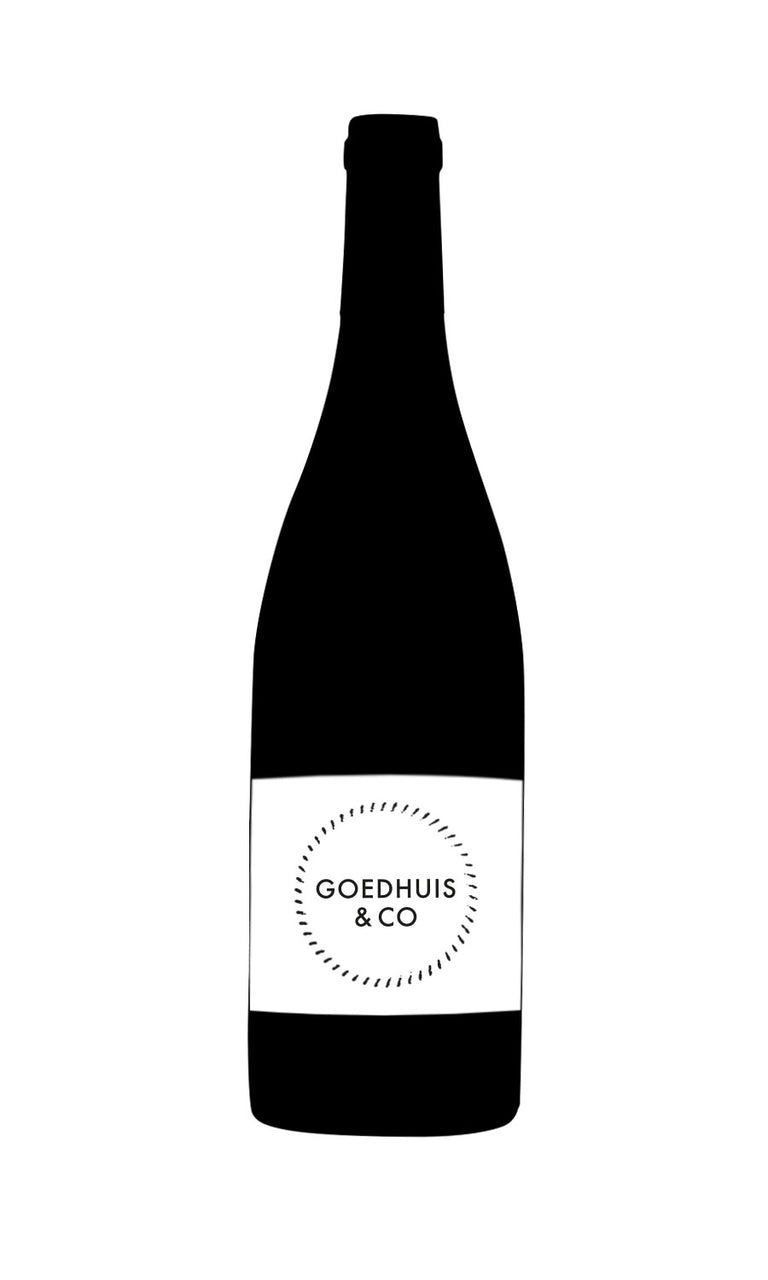
- Colour Red
- Producer Château Pique Caillou
- Region Pessac-Léognan
- Drinking 2026 - 2041
- Case size 6x75cl
- Available En Primeur
2022 - Ch Picque Caillou Cru Classé Pessac Léognan - 6x75cl
- Colour Red
- Producer Château Pique Caillou
- Region Pessac-Léognan
- Drinking 2026 - 2041
- Case size 6x75cl
- Available En Primeur
Need help? Call +44 (0)20 7793 7900 or email wine@goedhuiswaddesdon.com.
-
Goedhuis, April 2023, Score: 92-94
Ch Pique-Caillou sits in the very heart of Pessac, famed for the Haut-Brion vineyards which lie within the parish. With almost equal proportions of Merlot and Cabernet Sauvignon, this is a full and rich wine, with scents of mulberry and tayberry, lacquered wood, and cedar. Mouthfilling with a juicy sweetness, very rounded texture with medium length.
-
James Suckling, April 2023, Score: 91-92
Firm and polished with medium body and compact linear tannins. Refined and textured with a lingering, fruit-forward finish.
-
Jancis Robinson, April 2023, Score: 17
Deep glowing blackish crimson. Sappy, appetising nose. Lots of energy and ripe (but not too ripe) fruit here and then some dry tannins. Acidity is well integrated and this should give a lot of pleasure. Very Graves. Positively juicy with a mineral/stony finish. Very fresh with some density. This is the best Picque Caillou I can remember. 14%. Drink 2028 – 2042
-
Matthew Jukes, April 2023, Score: 17+
Firm, closed, and with plenty of stuffing, some lovely, haunting notes on the nose point to a rewarding future as long as you are prepared to be patient. Given the value for money this Château usually offers, this will likely be a cunning buy in 2022.
Producer
Château Pique Caillou
Region
Pessac-Léognan
Stretching from the rather unglamorous southern suburbs of Bordeaux, for 50 km along the left bank of the river Garonne, lies Graves. Named for its gravelly soil, a relic of Ice Age glaciers, this is the birthplace of claret, despatched from the Middle Ages onwards from the nearby quayside to England in vast quantities. It can feel as though Bordeaux is just about red wines, but some sensational white wines are produced in this area from a blend of sauvignon blanc, Semillon and, occasionally, muscadelle grapes, often fermented and aged in barrel. In particular, Domaine de Chevalier is renowned for its superbly complex whites, which continue to develop in bottle over decades. A premium appellation, Pessac-Leognan, was created in 1987 for the most prestigious terroirs within Graves. These are soils with exceptional drainage, made up of gravel terraces built up in layers over many millennia, and consequently thrive in mediocre vintages but are less likely to perform well in hotter years. These wines were appraised and graded in their own classification system in 1953 and updated in 1959, but, like the 1855 classification system, this should be regarded with caution and the wines must absolutely be assessed on their own current merits.



